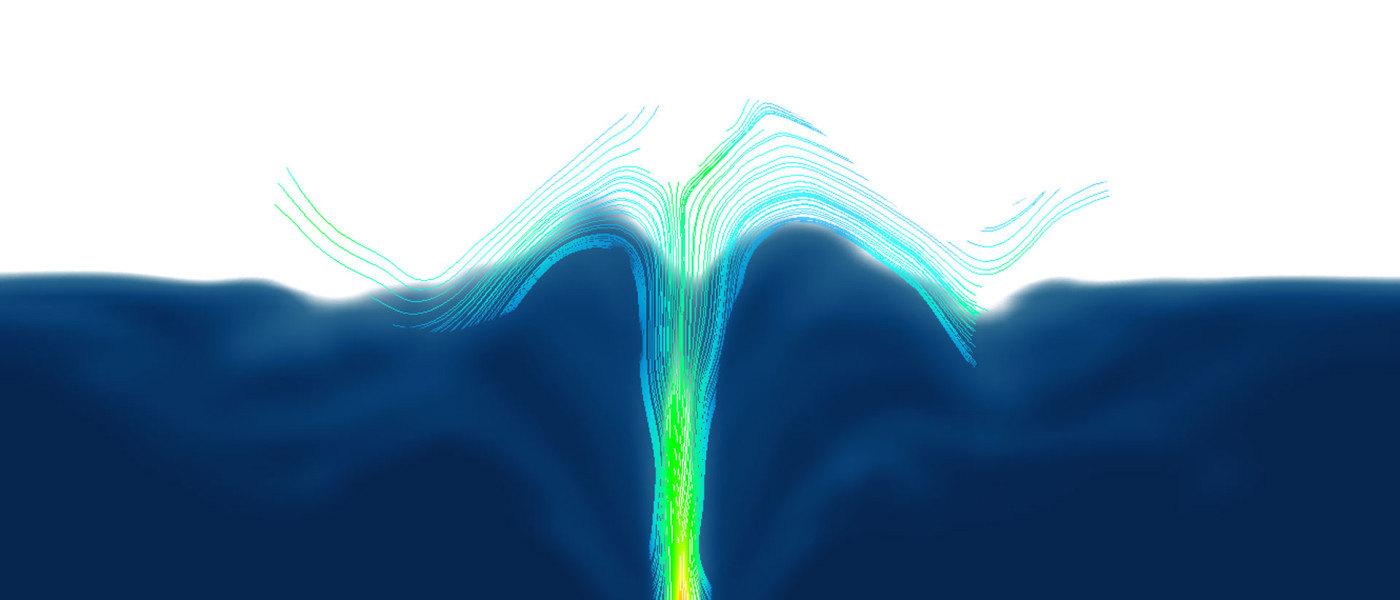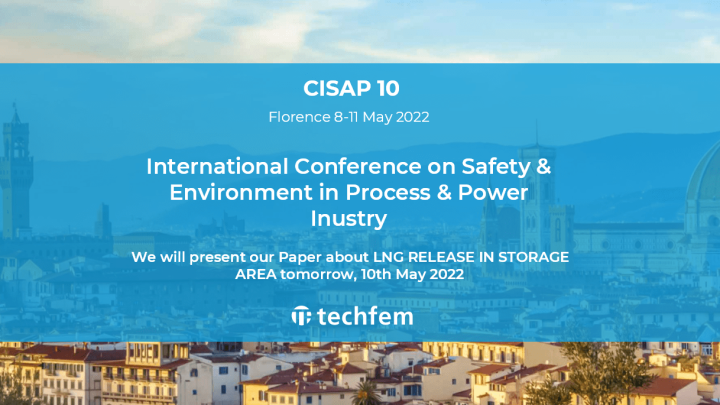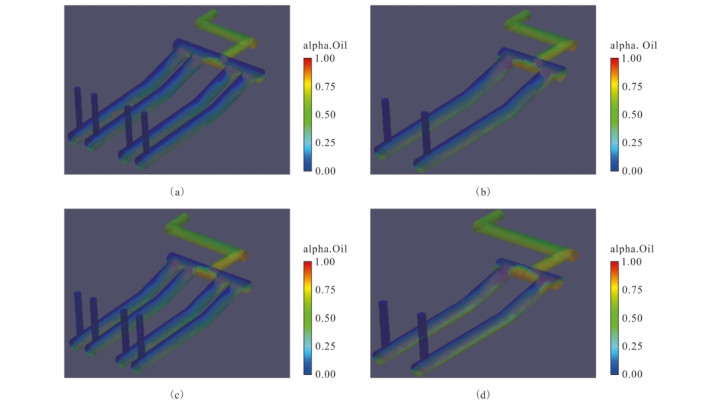Consequences on buoyancy loss in case of subsea gas dispersion
-
Realizzatore Techfem
-
Location Ravenna
-
Timing 2021

Hydrocarbon releases are events originated from pipeline leaks ruptures, that could occur for accidental events during operating life, maintenance phase or in case of subsea tie-in installation.
Subsea release is one of the main events to be accounted for offshore risk assessment. The accidents caused by pipeline hydrocarbons leak lead to explosions, fire and buoyancy loss.
When a subsea pipeline is ruptured, the pressurized gas rise at sea surface in bubbles form. Due to significant drag forces, the bubbles break and the plume will begin to disperse in atmosphere.
The buoyant bubble plume rises to the surface, spreading radially and entrains water, introducing a recirculation. The gas presence changes the local density, mainly at sea surface where this variation could induce a buoyancy loss, important aspect for ships and other floating structures. Several approaches can be used to analyze the problem.
Empirical and integral models provide a good representation of the phenomena but they are based on simplifications, moreover they are not able to model the sea surface behavior, crucial since is the zone where interactions with offshore structures, vessels and floating installations occur.
In this work a Computational Fluid Dynamic approach is proposed, carried out with the freeware software OpenFOAM, simulating the multiphase system with dispersed gas, seawater and air, in order to study in detail the subsea gas bubbles cone and the surface interactions, with the aim of analyze the possible consequences in terms of buoyancy loss.
The adoption of CFD approach gives to the safety engineer a powerful tool to investigate the problem, also including the environmental effects like wind and sea currents.
- 9.12.2021
- |
- 11.25










